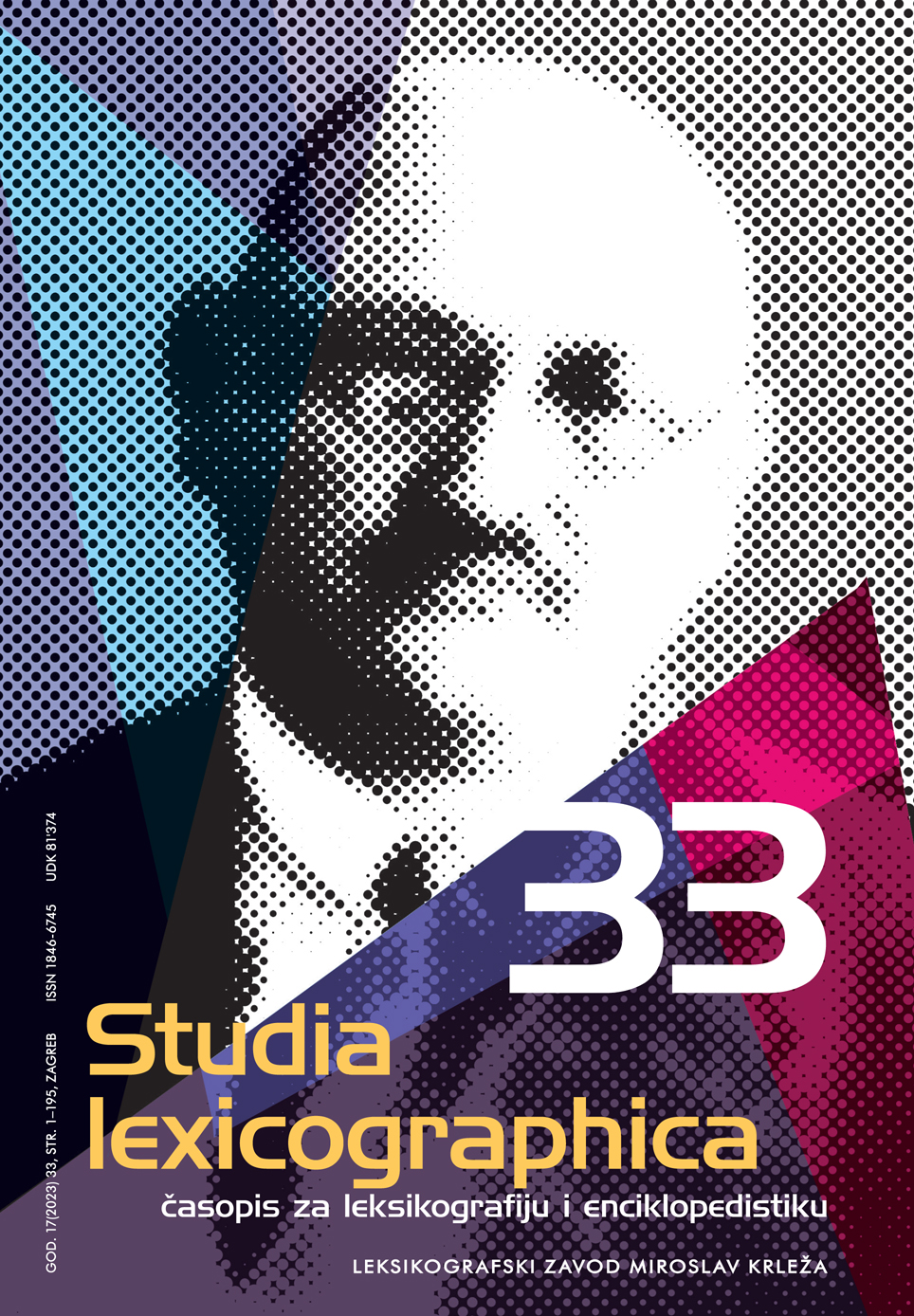Photographs in the collection of the Croatian Museum of Medicine and Pharmacy as a reflection of Andrija Štampar’s ideology
DOI:
https://doi.org/10.33604/sl.17.33.4Keywords:
Croatian Museum of Medicine and Pharmacy CASA, photographic collections, Andrija Štampar's ideology, public health, Croatia, social medicineAbstract
The paper presents photographic material from the fonds of the Croatian Museum of Medicine and Pharmacy of the Croatian Academy of Sciences and Arts, which was established by the decision of the Ministry of Culture of the Republic of Croatia on 7 July 2014, and began to operate in March 2015. The Croatian Museum of Medicine and Pharmacy was conceived as an institution where the public would continuously become acquainted with the development of medical sciences, discoveries in that field, and their application, based on both material and non-material heritage. The initial core of the museum’s collection consists of the History of Medicine and Pharmacy Collection—transferred from the Division for the History of Medical Sciences—which is continuously enriched with new donations. Today, the museum’s collection encompasses a diverse range of medical and pharmaceutical heritage materials, totalling more than 6,000 items, which are categorised into 15 collections. The goal of the paper is to present thematic sections within the Collection of Photographs of the Croatian Museum of Medicine and Pharmacy of the Croatian Academy of Sciences and Arts that reflect Štampar’s ideology in terms of content and purpose. The selected sample consists of the legacies of Croatian physicians Lujo Thaller (1891–1949) and Vladimir Ćepulić (1891–1964), the former Croatian Museum of Healthcare History founded at the Croatian Medical Association in Zagreb, and the National Health Club. This material represents material testimony about public health projects, social medical research, field work and health education in Croatia during the time of Andrija Štampar’s activities and several decades later. With its content, the collection contributes to preserving the memory of the specific social medical model of the development of Croatian healthcare and forms a potent starting point for further interpretations and presentations of Štampar’s work.
Downloads
Published
Issue
Section
License
LicenseCopyright for papers published in this journal is retained by the authors, with first publication rights granted to the journal (this applies to both print and electronic issue). Papers in the journal are licensed under the Creative Commons: Attribution (CC-BY), which permits users to copy and redistribute the material in any medium or format, as well as to remix, transform and build upon material in educational and other settings, provided that the credit is given to the author and that the original work is properly cited. Complete legal background of license is available at: https://creativecommons.org/licenses/by/4.0/legalcode. It is the author’s responsibility to obtain permission to reproduce material from other sources. They also bear full responsibility in any cases of copyright infringement.







